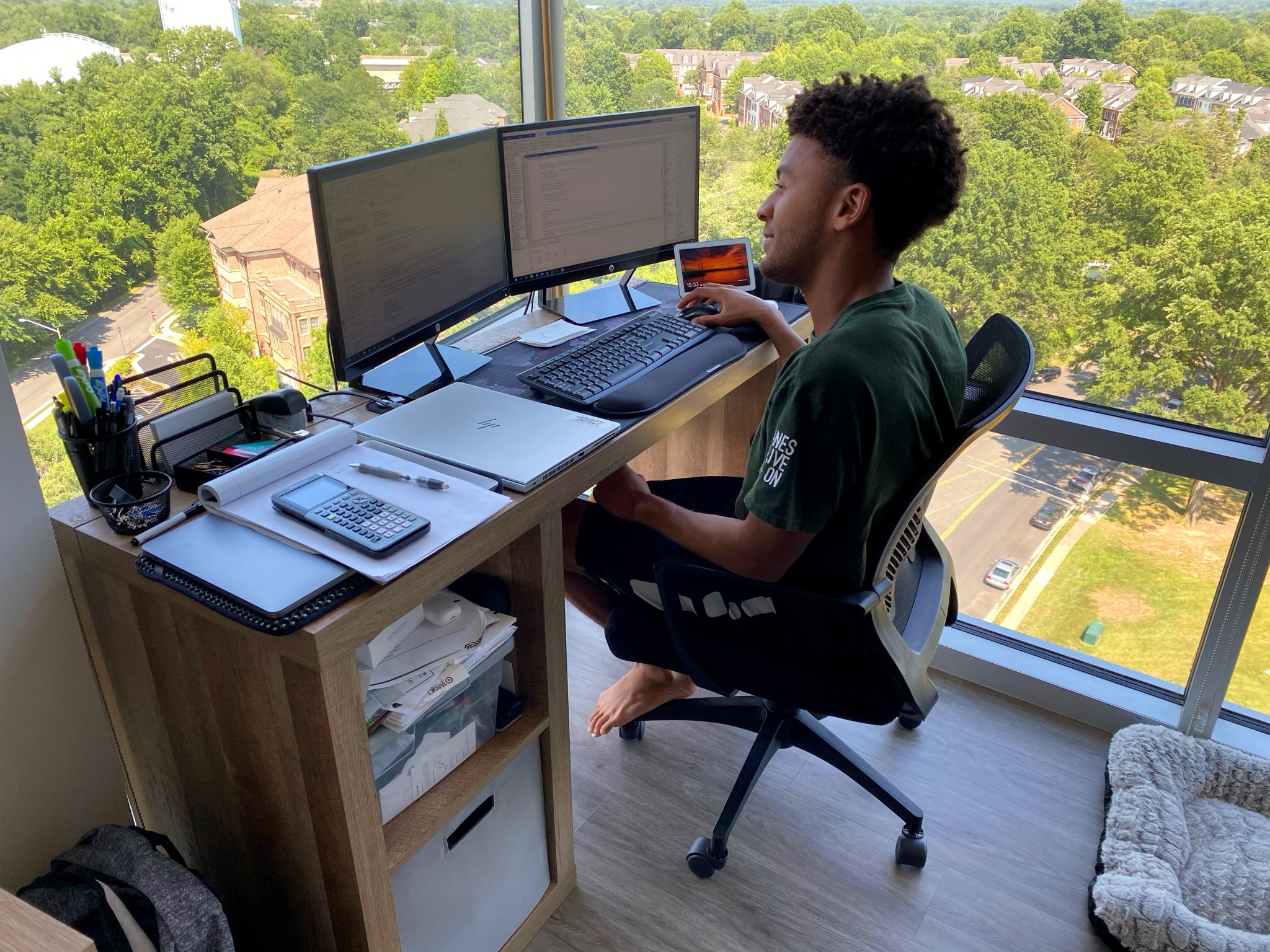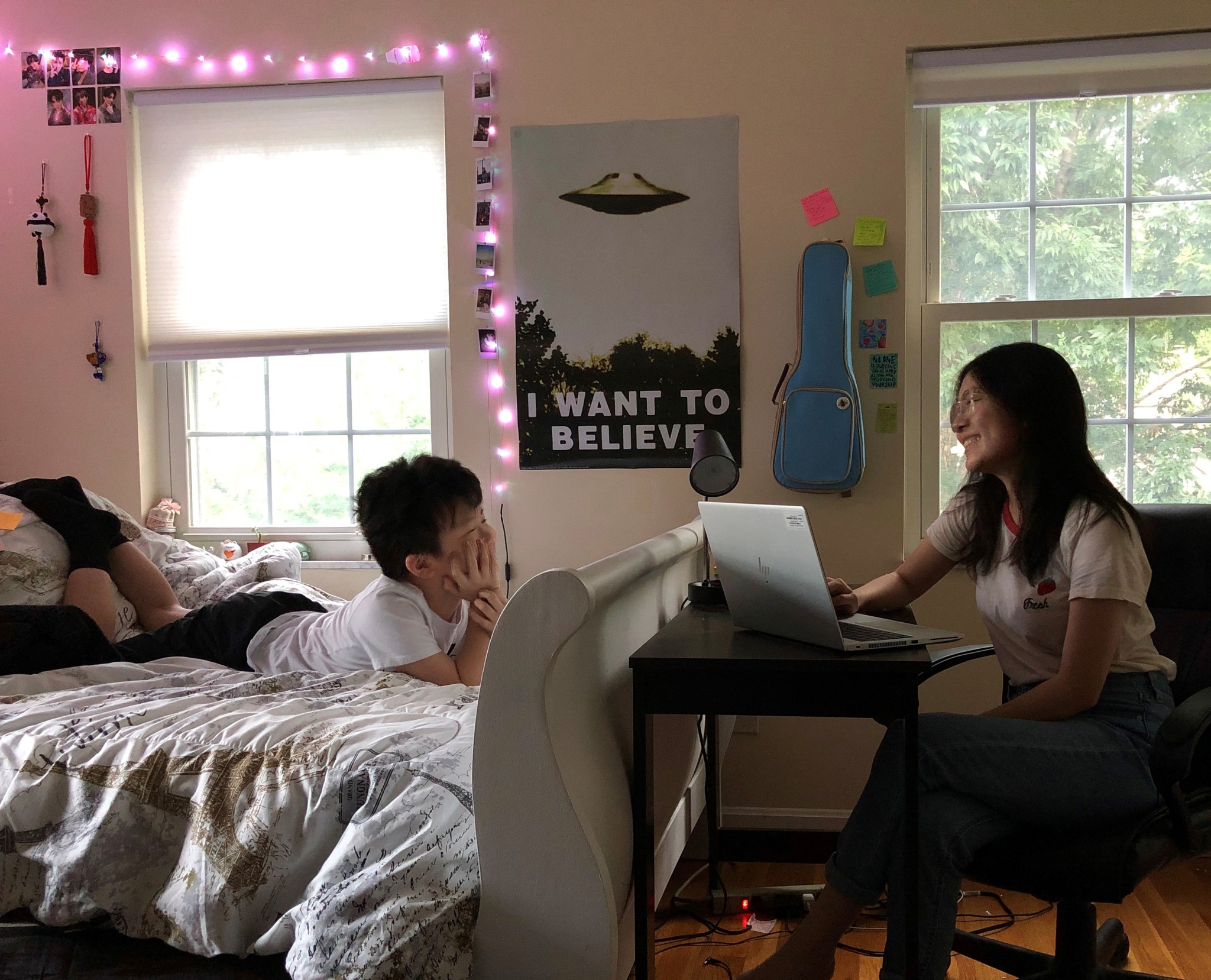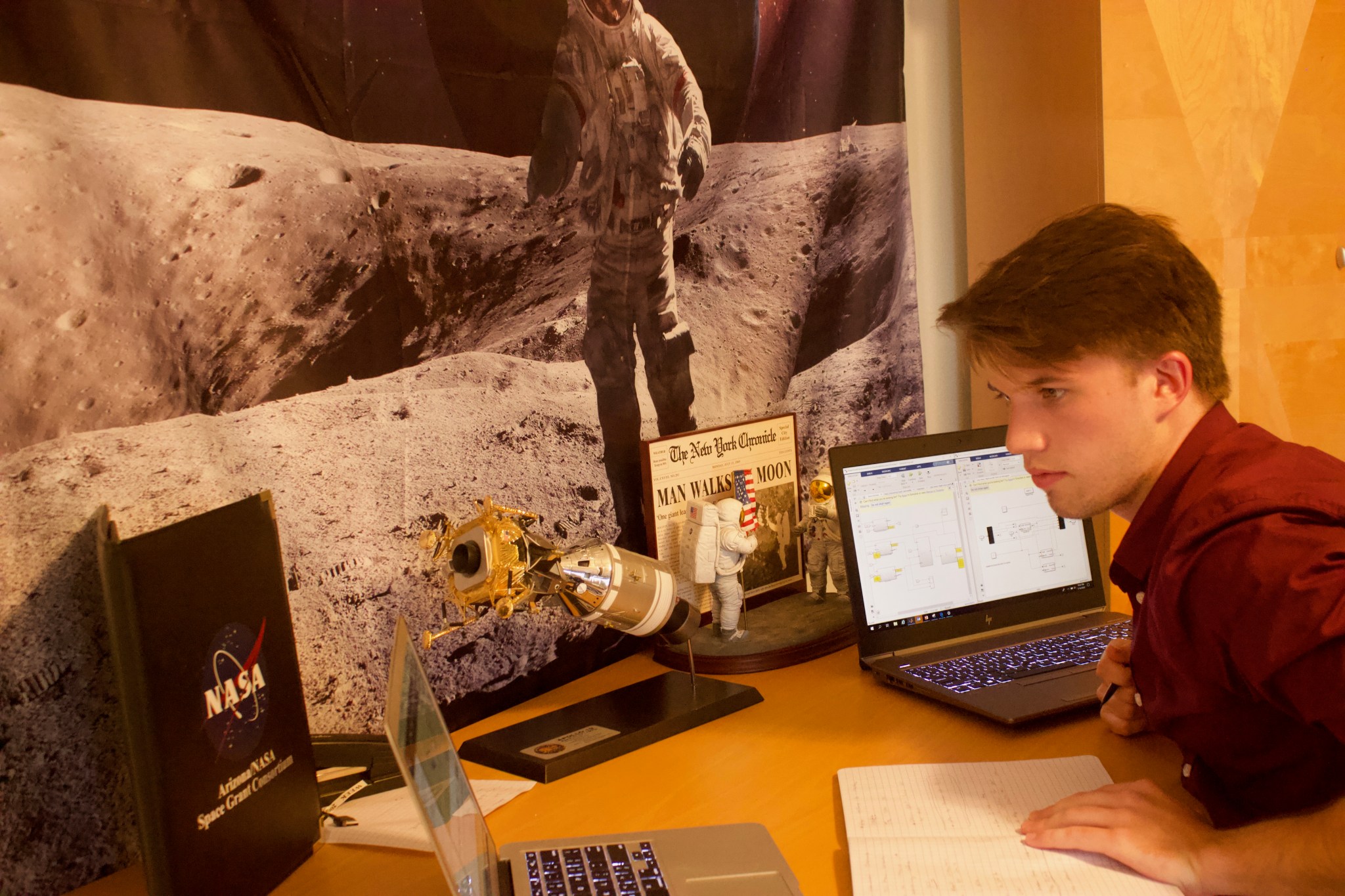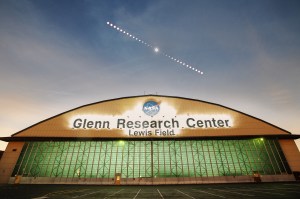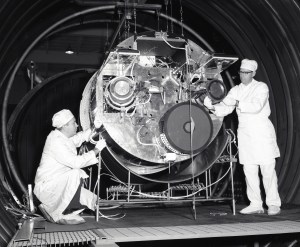This summer, NASA offered its first ever virtual internship session due to the COVID-19 pandemic. While working remotely presented some unique challenges, interns were still able to engage with meaningful projects and experiential learning opportunities under the guidance of their mentors. Learn how some interns at Glenn benefitted from NASA’s virtual internships below.
Carnell W. Bolden, University of Miami
Air-Breathing Propulsion Branch
Interning remotely at Glenn this summer has not stopped Bolden from making meaningful connections with other engineers and employees at NASA. Bolden’s work involved using an ultrasound tomography temperature technique to measure temperature fields.
“Working remotely also has the unique advantage of teaching myself and others to be adaptable,” said Bolden, “so that when the adversities of life come, we can respond and progress to be stronger, smarter and more resilient than ever.”
Jason E. Fantl, University of Wyoming
Secure Networks, Systems Integration and Test Branch
This summer, Fantl had the chance to work on the architecture of high-speed delay-tolerant networking. While he wishes he could have seen Glenn’s facilities in person this summer, he’s thankful that his work translated well into teleworking.
“The bulk of what I’m doing is programming,” said Fantl, “and luckily computer science is set up nicely to be done remotely.”
Nicole J. Swatton, Arizona State University
Photovoltaic and Electrochemical Systems Branch
As a way of staying connected this summer, interns were placed into groups led by peer leaders who organized weekly virtual meetings for everyone to “check in and talk.” Nicole Swatton, a returning NASA intern, was one of the peer leaders, and she found her experience to be a rewarding one.
“The interns are really receptive and understanding to the peer groups,” said Swatton. “It’s nice that they are willing to talk and put in the effort to meet up.”
Letizia Moro, Boise State University
System Architectures and Analytical Studies Branch
Moro spent her time with NASA working with image processing and artificial intelligence. Her project dealt specifically with using technology on airplanes at airports to accomplish tasks such as recognizing and matching tail numbers to flight information and camera tracking.
“I’m so thankful that NASA offers this internship program! A lot of my friends had their internships cancelled,” said Moro.
Josh K. Smith, University of Arizona
Intelligent Control and Autonomy Branch
For his internship, Smith helped model power propulsion systems for autonomous vehicles. When he wasn’t working on this project, he was attending virtual events organized by the Office of STEM Engagement for interns, which included presentations from employees and guided virtual tours.
“Through this virtual internship, I’ve been able to network with many other centers and many other people,” said Smith, a first-time intern from Phoenix, Arizona. “I’m talking to people across the country right now.”
Conner E. Stevons, University of Michigan
Space Communications & Spectrum Management Office
Along with the work he did in quantum communications, Stevons said his assigned group of interns was helpful in making new connections at Glenn this summer, albeit virtually.
“The unexpected friendships I’ve built so far are great. I thought it’d be much more difficult,” said Stevons. “Hopefully we’ll meet up in the future when the pandemic is over or contained a little bit better.”
Mónica A. Santiago, Polytechnic University of Puerto Rico
Aviation Test Branch
For Santiago, who was teleworking from her home in Puerto Rico, NASA’s decision to hold internships virtually this summer provided more accessibility for interns living far away. She worked with the Icing Research Tunnel and helped relocate heating systems to minimize heat losses and reduce the time required for them to heat up again.
“Remotely interning gives students the opportunity to work from home and still be a part of the whole process,” said Santiago. “There are no barriers.”
By providing interns the ability to work remotely this summer, NASA continued to uphold its mission of increasing the capability, diversity and size of the country’s future science, technology, engineering, and mathematics (STEM) workforce. Interested in becoming a NASA intern as well? Learn more at intern.nasa.gov.
Cynthia Zhang
Intern, Office of Communications.
NASA’s Glenn Research Center


























